Royal Academy of Arts Magazine, London
Article
2025
émergent, London
Interview
2025
C-Mine, Genk
Exhibition Text
2025
Hannah Barry Gallery x Foolscap Editions, London
Editor
2025
Lo Brutto Stahl, Paris & Basel
Exhibition Text
2024
Hannah Barry Gallery x Foolscap Editions, London
Editor
2024
émergent, London
Interview
2024
DUVE, Berlin
Exhibition Text
2024
émergent, London
Interview
2024
— Extract —
Charlie Mills: The range of material and form in your work, although the result of specific and deliberate choices, creates a fascinating juxtaposition of terms for the viewer: between artistic intent and spontaneous incident. This balance – or contradiction – of categories has a legacy in surrealism and opposing sensations of imprévu and déjà vu – the unexpected and the strangely familiar. To what extent do you want feelings such as this embedded in the work? And has surrealism ever been a big influence for you?
Aidan Duffy: I’m always thinking about the kind of psychodramas invested in objects; their affiliations make them pretty loaded devices and very fun to work with. Stripping them down to their bare bones and dressing them up again in an outfit they probably shouldn’t be wearing – which is quite a surrealist trope, I guess. I like for the work to have a sense of familiarity while remaining bizarre. I try to imitate or reflect on qualities in the world through some sort of ideological rewrite. These qualities can be quite literal like objects and ideas or something more psychological or emotional.
And who are your heroes and heroines? For me, there is as much art historical inference in the work as there could be winks and nods to science fiction, cinema and music.
Whenever I feel stuck on something, rather than hitting the books or going to a museum I watch a film. It lets me to tap into the relation between humans and their surroundings in a way that I can’t get from other modes of expression. Films tend to construct a distinct visual world in which a story plays out, and this way of translating ideas is something I think about a lot. It’s important for each sculpture to have its own narrative, it doesn’t need to be thought out particularly or have much depth to it but it needs to feel alive in that way. I’m always listening to music when I’m making – most of the music I listen to in the studio has heavy rhythm and a lot of energy, I think that attraction comes from playing the double bass. I use music as a sort of meditative object, as something that can silence out the conceptual and allow the work to flow.
Of course, the surreal connotations I mentioned do not follow autonomist principles, nor the découpé (cut-up) technique seen in early Dada. However, it is hard not to draw parallels between your eclectic mixture of media and materiality with neo-Dada principles, such as in Rauschenberg’s Combines or more recent contemporary artists working with post-industrial assemblage, such as Rachel Harrison or late works by Isa Genzken. Maggie Nelson once spoke of this style as representing the 'music of thinking' – with intuition, harmony and abruptness all part of that language. I wonder if this legacy of work and thinking speaks to your own practice?
That's really cool, I’ve never heard of ‘music of thinking’ but that really speaks to my process. For me it’s a pursuit with no verbal rationality, a very distinct consequence of feeling that makes a lot of sense. When I’m working on something I always look for it to tap into those parts of your body that react to music. I started playing the double bass from a really young age, and spent a lot of my childhood and teenage years around music and musicians. I think being classically trained gave me sensitivity to rhythm, tone and movement. You work on a single piece for months, first learning the notes on the page; once you’ve become familiar it's a case of working on the tone, energy and style so it's a lot about interpreting a framework. What matters is that the notes on the page are interpreted with an awareness and subtlety, you translate the bars like an ice crystal shooting out in many directions being able to focus in and out on many aspects at the same time. I think also the discipline battered into me from classical training effects the way I make and how I make – feeling emboldened to push forward regardless of how wrong things are going and finding comfort in delayed gratification from time consuming processes.
Your sculptures often include functional light bulbs — and in some cases references to light shades, such as Jesmonite casts of Noguci’s Akari Light Sculptures. Why is electric light and its architecture something you are keen to include in your work?
I started using light in sculptures as a sort of play on energy; I liked the idea of electricity pulsating through a sort of dead object. The bootleg Noguci casts were by accident: I was in B&Q for some threaded rod and the shades caught the corner of my eye and I was like wow these would be the perfect wasp nests. I’m making a piece for an upcoming show at South Parade in South London, which is based on Castiglioni’s cocoon lamp which I’m kind of doing for the same reasons. However, this time, instead of in Hotbed where the lampshades were without light, this piece will be both light and shade as with the original. I think because my sculptures can sometimes sit in this interesting place between fine art and decorative arts, I find it quite fun to throw in functional design elements to further messy those distinctions. It’s another way of complicating the work, to make it more questionable as an object and artwork.
I wonder too, if the human body is something you think about in your work? For me, I can almost see a Ballardian style of corporeal and industrial fusion through your use of steel armature and architectural features; the painting Hommage à Chrysler Corp (1957) by Richard Hamilton keeps coming to mind when I think of your work.
Ah I love that painting! For sure, I remember you asking once if I thought of my work as anthropomorphic. I kind of paused for a while, as I didn’t really know if it was for me or if that's something I wanted. There’s a playful sensuality that the human body brings and that aspect is something I’m very attracted to and try to distil in the work. I’m drawn to certain lines and compositions that allude to the curvature of a body, even when I’m talking about my work to other people, I talk about having only the skeleton done on something or I’m starting to dress the sculpture. In contemporary living most of our 3D experience of the world is through design and living bodies, a lot of the time I’m thinking about how to make the most rigid forms soft and things like that, I suppose in many ways humanising the manufactured and draw out relationships between capitalistic desire and biological urge.
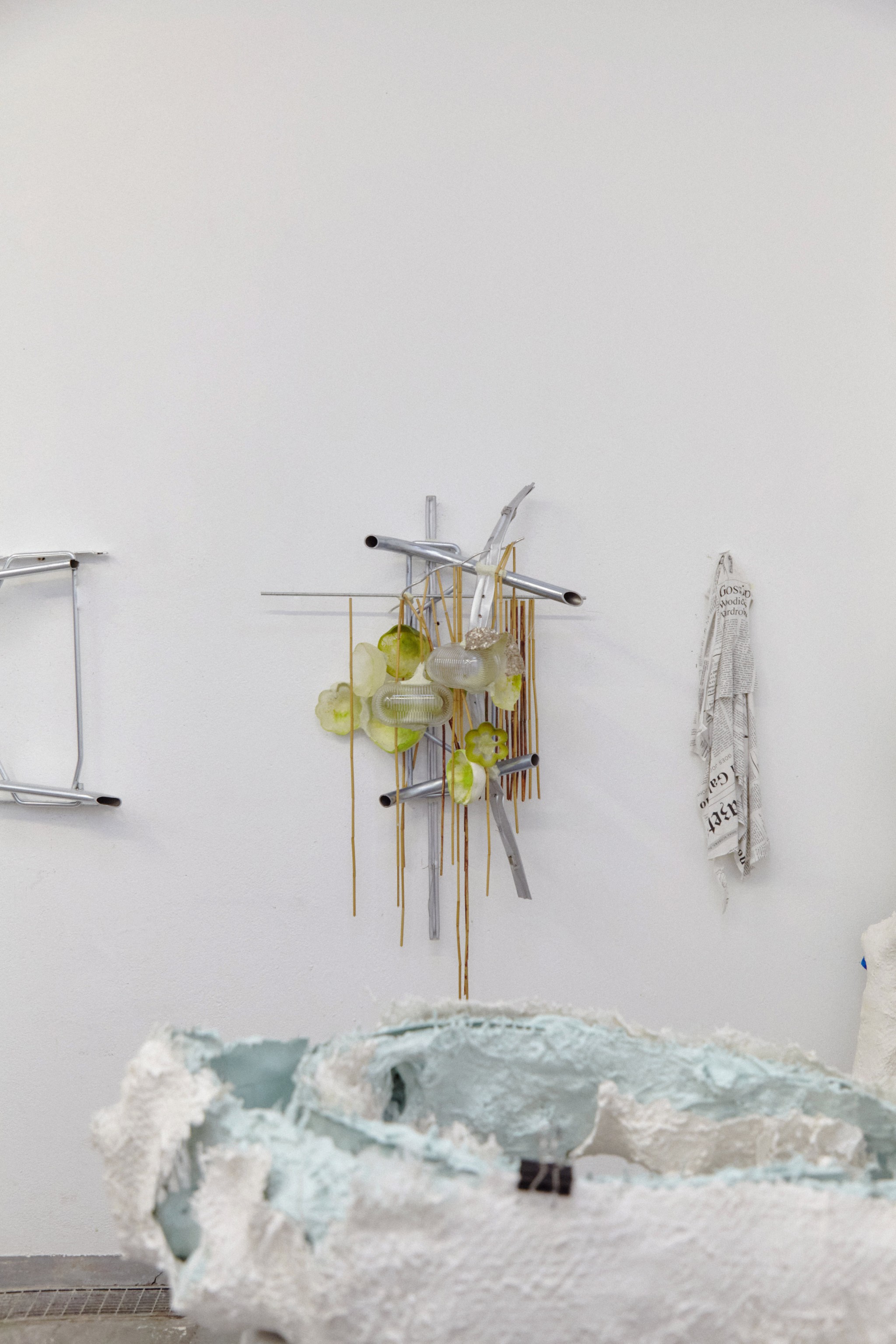
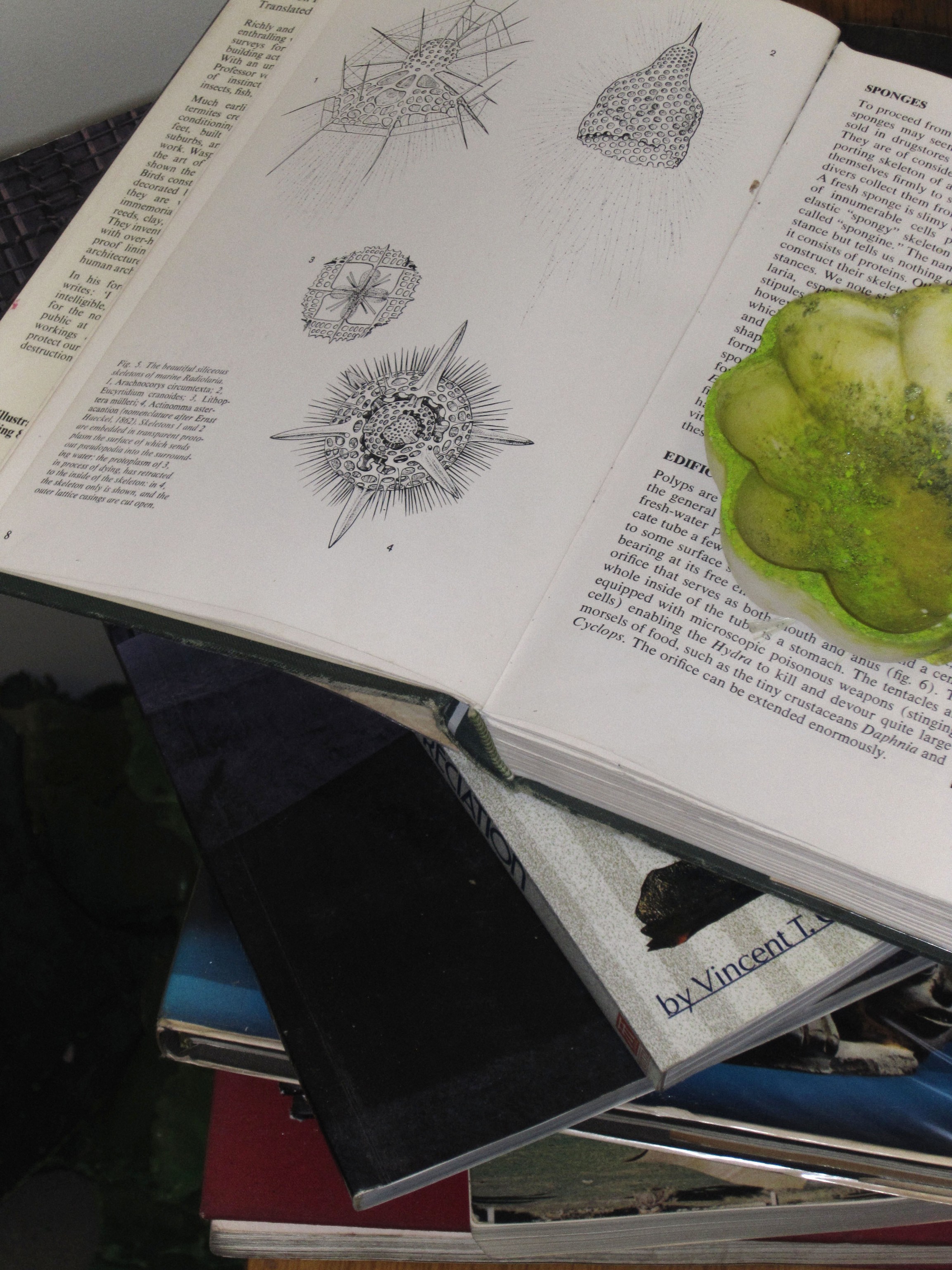
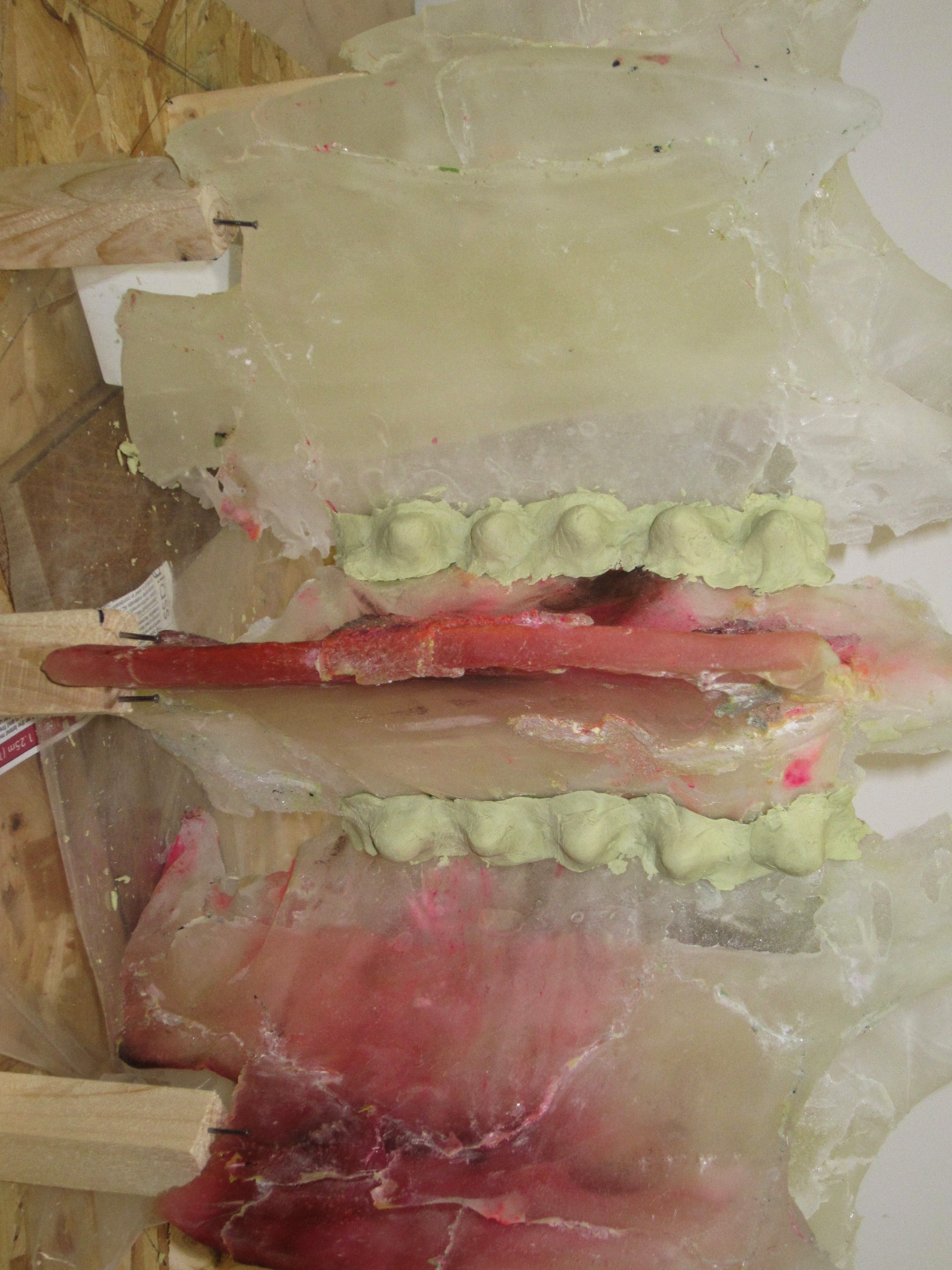
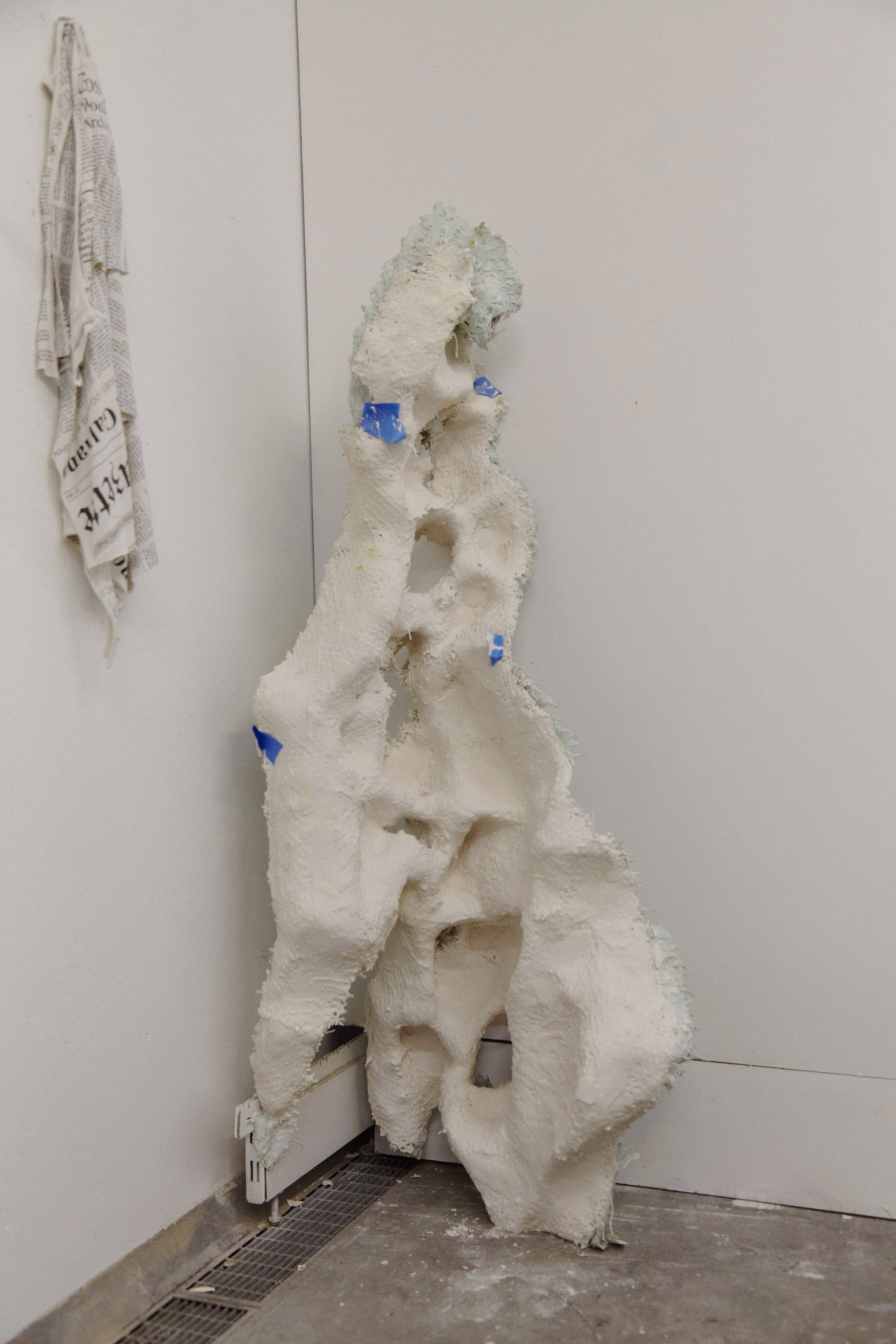
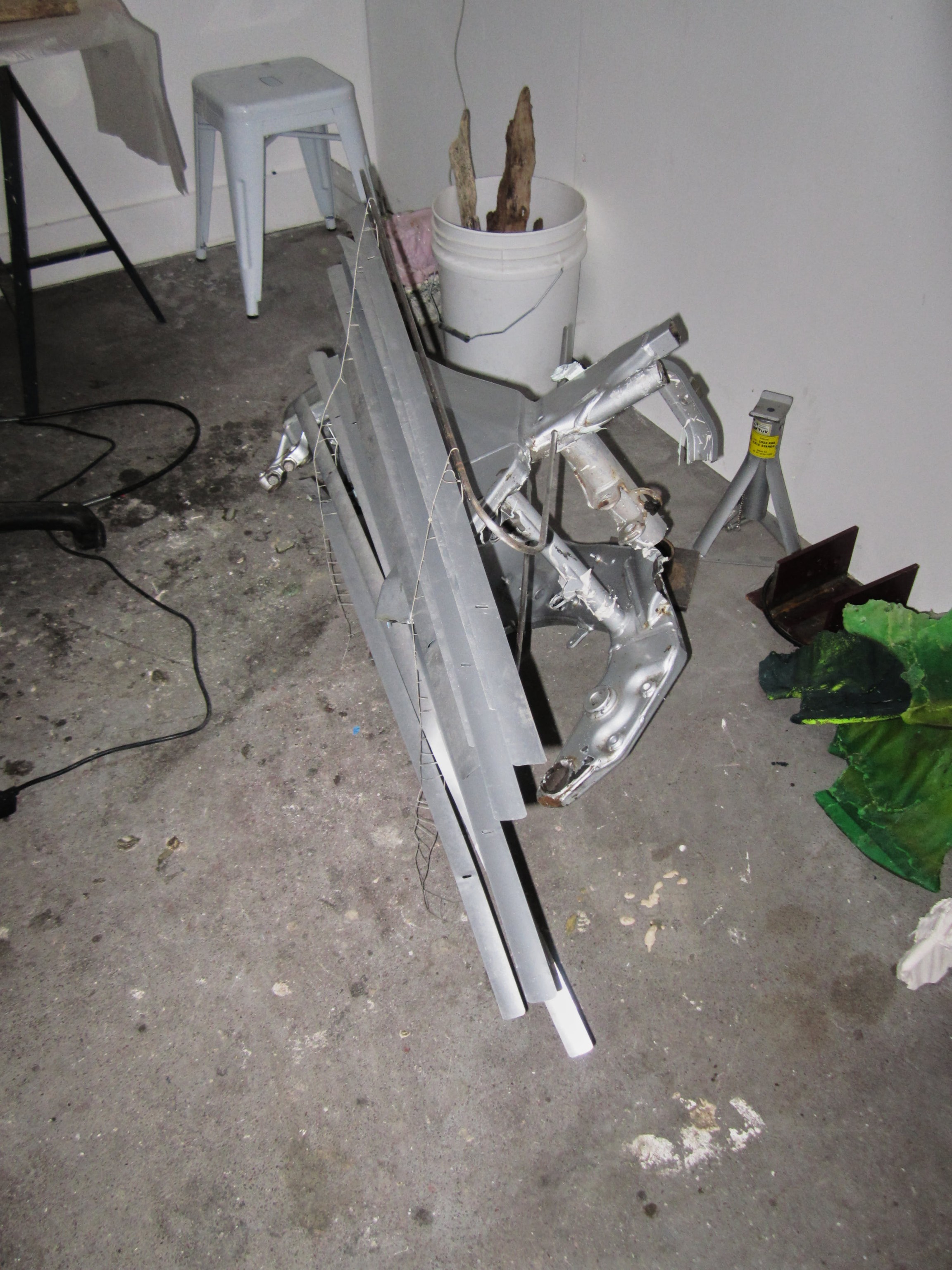
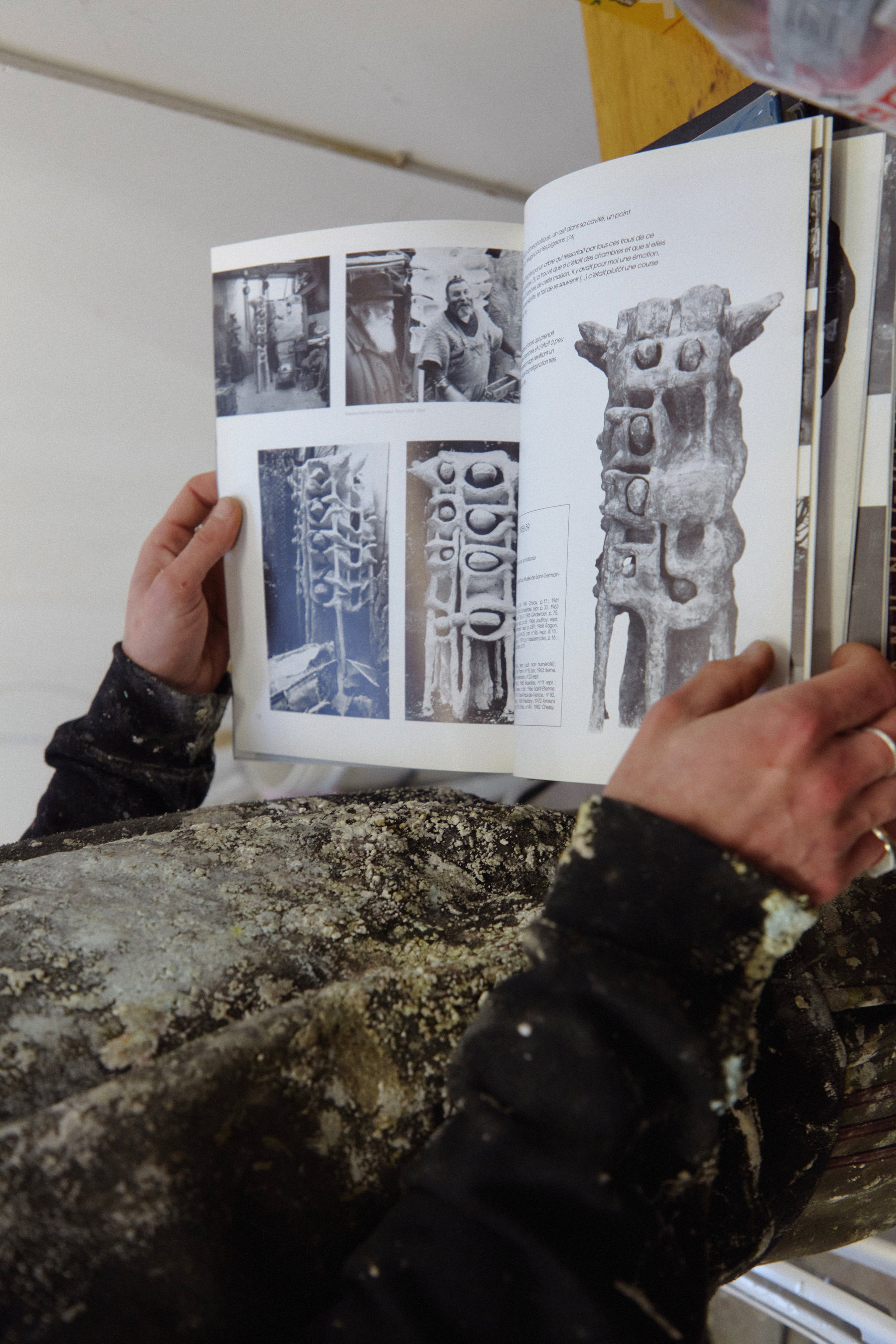
Incubator, London
Exhibition Text
2023
QUEERCIRCLE, London
Exhibition Text
2023
L.U.P.O., Milan
Catalogue Essay
2023
Tarmac Press, Herne Bay
Catalogue Essay
2023
Brooke Bennington, London
Exhibition Text
2023
Freelands Foundation, London
Catalogue Essay
2023
superzoom, Paris
Exhibition Text
2023
Lichen Books, London
Catalogue Essay
2022
Tennis Elbow, New York
Exhibition Text
2022
émergent, London
Interview
2022
Guts Gallery, London
Exhibition Text
2021
Kupfer Projects, London
Exhibition Text
2021
Collective Ending, London
Catalogue Essay
2021
L21 Gallery S’Escorxador, Palma De Mallorca
Exhibition Text
2021
TJ Boulting, London
Exhibition Text
2021
COEVAL, Berlin
Interview
2021
Quench Gallery, Margate
Exhibition Text
2021
COEVAL, Berlin
Interview
2021
COEVAL, Berlin
Interview
2021
Foolscap Editions, London
Catalogue Essay
2020
Gentrified Underground, Zurich
Catalogue Essay
2020
Camberwell College of Arts, London
Exhibition Text
2019
Kronos Publishing, London
Editor
2019
Elam Publishing, London
Editor
2019
William Bennington Gallery, London
Catalogue Essay
2019
Elam Publishing, London
Catalogue Essay
2018
Camberwell College of Arts, London
Exhibition Text
2018
Limbo Limbo, London
Exhibition Text
2017
Saatchi Art & Music Magazine, London
Review
2017
B.A.E.S., London
Exhibition Text
2016